St. Paul, MN (October, 2019)–Cotton blue disease, caused by Cotton leafroll dwarf virus (CLRDV), was first reported in 1949 in the Central African Republic and then not again until 2005, when it was reported from Brazil. In 2017, cotton blue…
Tag: AGRICULTURAL PRODUCTION/ECONOMICS
First scientific description of elusive bird illuminates plight of Borneo’s forests
Scientists document new species with eye toward the fate of a shrinking forest biodiversity hotspot and its inhabitants
Photosynthesis olympics: can the best wheat varieties be even better?
Scientists have put elite wheat varieties through a sort of “Photosynthesis Olympics” to find which varieties have the best performing photosynthesis. This could ultimately help grain growers to get more yield for less inputs in the farm. “In this study…
First report of cotton blue disease in the United States
St. Paul, MN (October, 2019)–In August 2017, Kathy S. Lawrence, a plant pathologist at Auburn University, received a call from Drew Schrimsher of Agri-AFC, who had discovered foliar distortion and leaf curling and rolling on approximately 50,000 acres of cotton…
Alfalfa and potassium: It’s complicated
Has anyone ever told you to eat a banana when you have a muscle cramp or eye twitch? That’s because bananas have potassium. Potassium is an important nutrient for humans, and an even more important nutrient when it comes to…
Researchers leverage new grant to benefit climate, cows
New England scientists will test algae for dietary supplements to decrease methane emission by cattle
Ag-to-energy farmland use is focus of new $2.4 million grant
ITHACA, N.Y. – The U.S. Department of Agriculture and the National Science Foundation have awarded a three-year, $2.4 million grant to a team of Cornell University researchers who will study how agriculture-to-energy land-use conversions – putting solar panels or wind…
Clemson researcher creating perennial grasses that need less water and are fuel source
CLEMSON, South Carolina — Clemson University College of Science Professor Hong Luo has received a $500,000 grant from the U.S. Department of Agriculture National Institute of Food and Agriculture to develop genetically improved and more robust turfgrass and switchgrass. These…
Biodiversity improves crop production
A new study involving more than 100 researchers around the world demonstrates the benefits of biodiversity for humans
Rice blast fungus discovery will drive crop innovation
A secret weapon used by the killer rice blast fungus to infect host plants has been discovered in new research. Rice blast is the most serious disease of rice and is caused by the fungus Magnaporthe oryzae. Each year, blast…
New research to boost global date fruit production
New major project aims to improve global date palm production and protection
New survey confirms muscadine grapes are affected by parasitic nematodes
Native to the Southeastern United States, muscadine grapes are a superfruit. With high levels of resveratrol, phenols and antioxidants, they are known to help fight cardiovascular disease and cancer-causing agents. Muscadines are also favored by small industries making juices, pies,…
Artificial intelligence and farmer knowledge boost smallholder maize yields
Data-driven agriculture can increase smallholder production threatened by weather and climate change, but data scientists need to work with farmers and governments. Four years of collaboration in Colombian maize fields shows what success looks like
Family of crop viruses revealed at high resolution for the first time
For the first-time we can take a molecular-level look at one of the world’s deadliest crop killers. The Luteoviridae are pathogenic plant viruses responsible for major crop losses worldwide. Transmitted by aphids, the viruses infect a wide range of food…
Tracking wild pigs in real time and understanding their interaction with agro-ecosystems
Successful invasions of non-native pests, such as wild pigs in North America, may be linked to how they use the landscape around them
Mapping white clover heritage
Four-leaved clovers may or may not bring good luck. What’s indisputable is that all white clovers, whether with three or four leaves, have many benefits. The United States Department of Agriculture calls white clover “one of the most important pasture…
No soil left behind: How a cost-effective technology can enrich poor fields
Smallholder poverty in sub-Saharan Africa is often linked to sandy soils, which hold little water and are low in nutrients. A new technology may be able to enrich fields and farmers without massive investments in irrigation and fertilizer
Antibiotic resistance in food animals nearly tripled since 2000
The growing appetite for animal protein in developing countries has resulted in a smorgasbord of antibiotic consumption for livestock that has nearly tripled the occurrence of antibiotic resistance in disease-causing bacteria easily transmitted from animals to humans, according to a…
Pesticide companies leverage regulations for financial gains
PRINCETON, N.J.–Pesticides are present in many food products and play a central role in the production of traded agriculture, giving them global and economic significance — and necessitating proper regulation. Yet, some pesticide companies may put profit ahead of protecting…
Nodulation connected to higher resistance against powdery mildew in legumes
St. Paul, Minnesota–Scientists have long known that nodulation is important to plant health. Nodulation occurs when nodules, which form on the roots of plants (primarily legumes), form a symbiotic relationship with nitrogen-fixing bacteria that deliver nutrients to the plant. This…
MSU economist’s research on colony collapse disorder published in national journal
BOZEMAN – The work of a Montana State University professor examining the economic impacts of colony collapse disorder among commercial honeybees was published in the Journal of the Association of Environmental and Resource Economists last month. Randy Rucker, a professor…
First maps of areas suitable for spotted lanternfly’s establishment in US and world
WAPATO, WASHINGTON, October 3, 2019–Maps identifying the areas suitable for establishment of the spotted lanternfly (SLF) in the United States and other countries have been published in the Journal of Economic Entomology by Agricultural Research Service scientists. The SLF, originally…
Exposure to air pollution increases violent crime rates, study finds
Breathing dirty air can make you sick. But according to new Colorado State University research, it can also make you more aggressive
USDA grant to study transport of pollen from hemp and genetically engineered switchgrass
A new season is often marked by the eruption of pollen into the air. As these invisible grains fall back down to Earth, those who suffer from grass and tree allergies are gravely impacted. And because allergy season is so…
Study finds rising ozone a hidden threat to corn
CHAMPAIGN, Ill. — Like atmospheric methane and carbon dioxide, ground-level ozone is on the rise. But ozone, a noxious chemical byproduct of fossil fuel combustion, has received relatively little attention as a potential threat to corn agriculture. A new study…
Gene responsible for lutein esterification in bread wheat identified
This work provides insight into the timing and control of esterification, related to storage and nutritional qualities of bread wheat and other grains.
Retired UT extension specialist inducted into National Hall of Fame
John Campbell recognized by National Association of County Agricultural Agents
Turning Phoenix green
Study shows how urban agriculture can push the sustainability of Phoenix
Potentially large economic impacts of climate change can be avoided by human actions
People are less motivated to take actions if its outcome is uncertain, and this could be true for climate-related issues. The uncertainty in climate response to the increase in greenhouse gas concentration, which is often believed to be substantially large,…
New modelling framework will transform the design and monitoring of EU rural policies
Nearly half of the EU land is farmland. The livelihood of over ten million farmers and the sustainability of agro-ecosystems, including food, bioenergy, water, carbon storage and biodiversity, are directly affected by EU policy instruments. These policies have, so far,…
Tractor overturn prediction using a bouncing ball model could save the lives of farmers
How a bouncing ball could save the lives of farmers
New AI app predicts climate change stress for farmers in Africa
Researchers will unveil their app for climate-smart agriculture to coincide with the UN Climate Action Summit
Department of Energy picks Carnegie Mellon and NAWI to lead Energy-Water Desalination Hub
Carnegie Mellon’s College of Engineering has been chosen to be part of the U.S. Department of Energy (DOE) Energy-Water Desalination Hub as a founding member of the National Alliance for Water Innovation (NAWI) . Civil and Environmental Engineering Professor Greg…
Discovery of sorghum gene that controls bird feeding could help protect crops
A single gene in sorghum controls bird feeding behavior by simultaneously regulating the production of bad-tasting molecules and attractive volatiles, according to a study publishing September 23 in the journal Molecular Plant . This gene, called Tannin1, controls the synthesis…
Antimicrobial resistance is drastically rising
The world is experiencing unprecedented economic growth in low- and middle-income countries. An increasing number of people in India, China, Latin America and Africa have become wealthier, and this is reflected in their consumption of meat and dairy products. In…
Harnessing tomato jumping genes could help speed-breed drought-resistant crops
Researchers from the University of Cambridge’s Sainsbury Laboratory (SLCU) and Department of Plant Sciences have discovered that drought stress triggers the activity of a family of jumping genes (Rider retrotransposons) previously known to contribute to fruit shape and colour in…
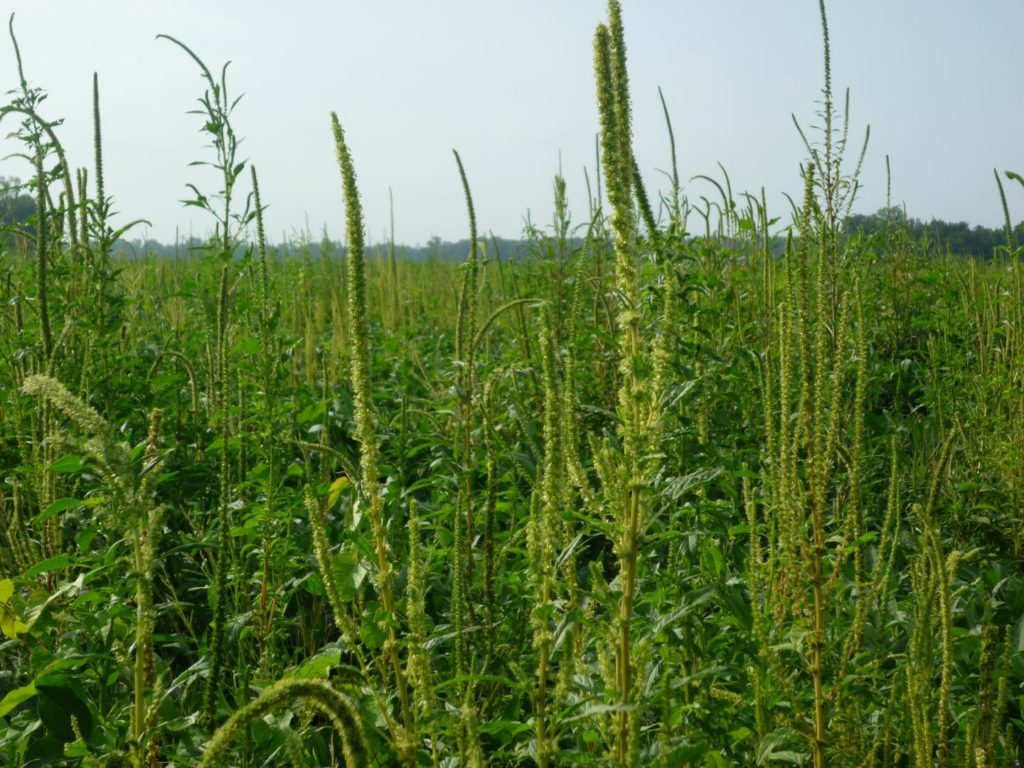
Palmer amaranth’s molecular secrets reveal troubling potential
URBANA, Ill. – Corn, soybean, and cotton farmers shudder at the thought of Palmer amaranth invading their fields. The aggressive cousin of waterhemp – itself a formidable adversary – grows extremely rapidly, produces hundreds of thousands of seeds per plant,…
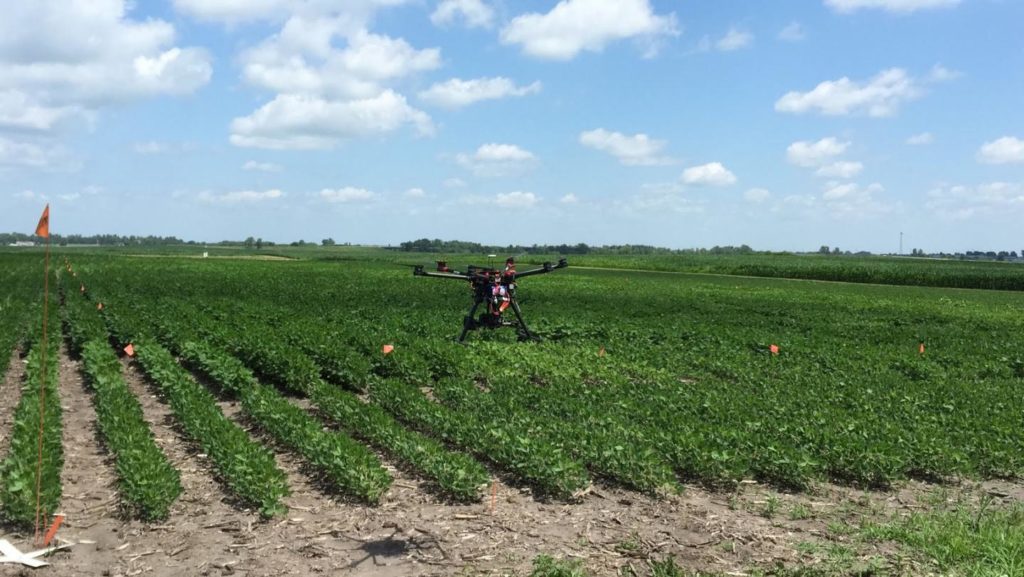
Machine learning in agriculture: scientists are teaching computers to diagnose soybean stress
AMES, Iowa – Iowa State University scientists are working toward a future in which farmers can use unmanned aircraft to spot, and even predict, disease and stress in their crops. Their vision relies on machine learning, an automated process in…
All on the table
Researchers call for a more comprehensive assessment of the global food system

Insects as food and feed: research and innovation drive growing field
Entomophagy, insect agriculture showcased in new special issue of Annals of the Entomological Societ
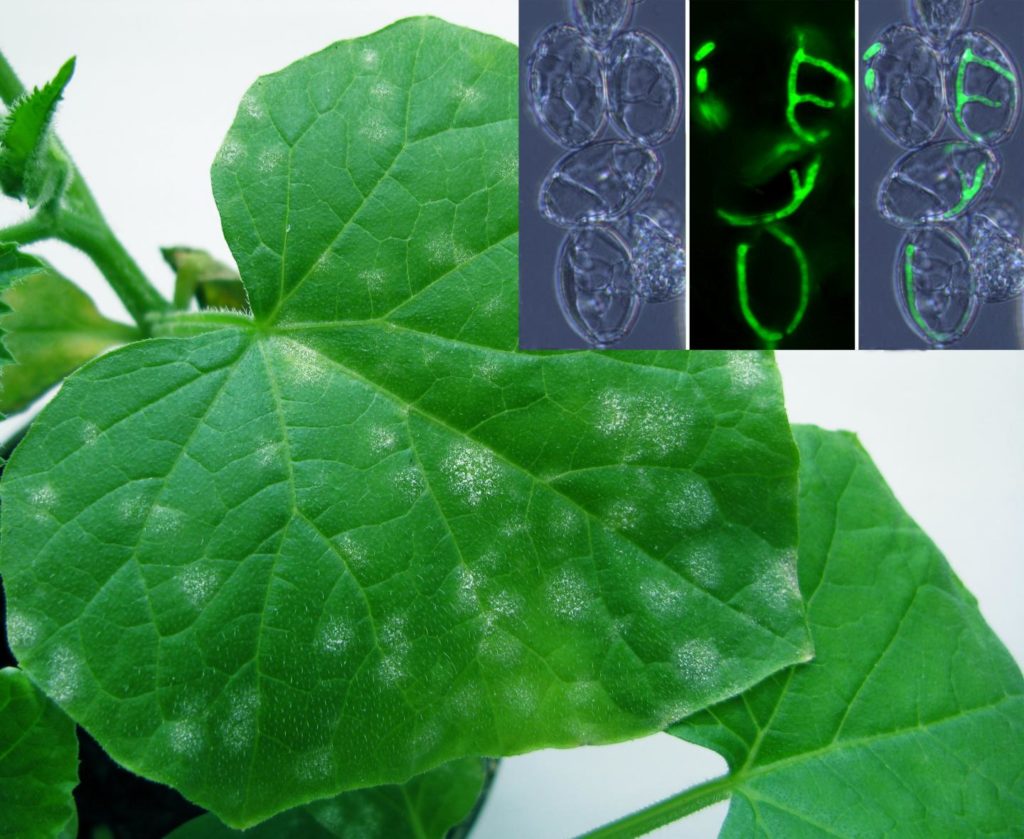
Scientists alleviate environmental concerns about BCA usage on powdery mildews
St. Paul, MN (September 2019)–Powdery mildew is a common fungal disease that infects many plants around the world, absorbing their nutrients and weakening or even killing them. In turn, powdery mildews are often attacked in the field by even smaller…

Unique mycology reference pairs genus descriptions with 1,000-plus original watercolors
According to mycologist, author, and artist Miguel Ulloa, “The best way to understand and remember scientific names is to understand their component parts or roots.” This philosophy is the inspiration for Illustrated Generic Names of Fungi : Etymology, Descriptions, Classifications,…
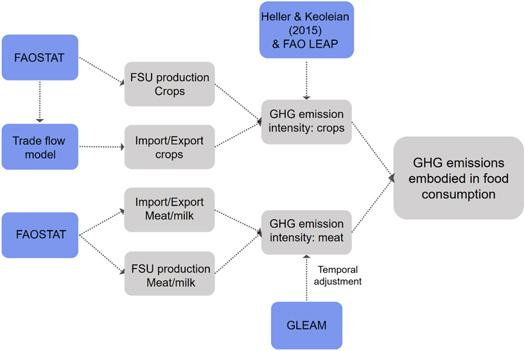
Decrease in greenhouse gas emissions linked to Soviet Union’s collapse
A paper was published in Environmental Research Letters
Groundwater studies can be tainted by ‘survivor bias’
New research improves governments’ ability to monitor groundwater levels
Study offers new insights on impacts of crop trading in China
Scientists examine both socioeconomic and environmental impacts impacts of crop trading in China for
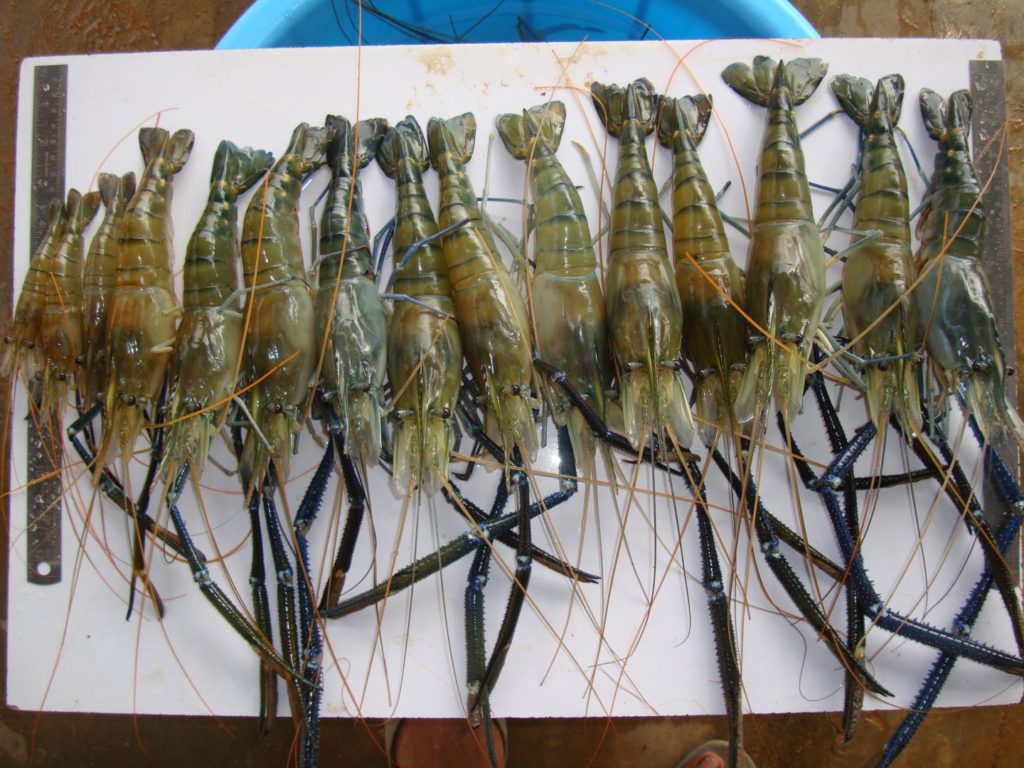
Super shrimp designed at Ben-Gurion University could increase yield and prevent disease
Shrimp consume snails that carry schistosomiasis which affects 220 million people
Mathematical model provides new support for environmental taxes
Taxes that incentivize environmentally friendly practices could promote green development
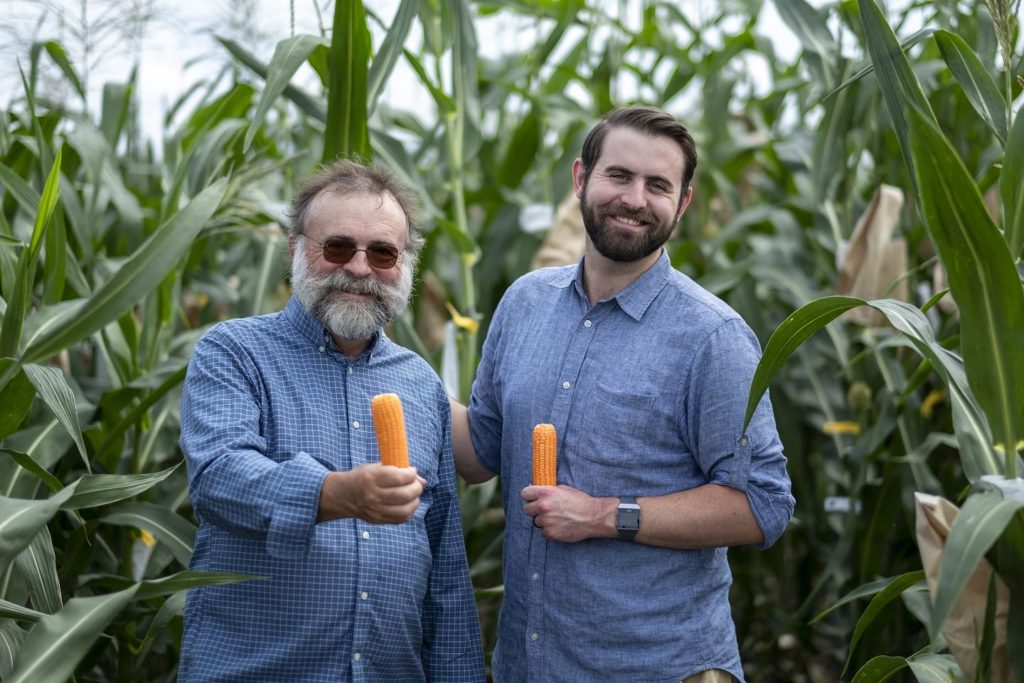
Aiming to improve nutrition with ‘orange corn,’ NutraMaize receives funding
Naturally selected orange corn has abundance of antioxidant carotenoids
Wiley and the Agricultural & Applied Economics Association announce new partnership
HOBOKEN, N.J.–September 3, 2019 — John Wiley and Sons Inc. (NYSE: JW-A) (NYSE: JW-B) announced today a new partnership with the Agricultural & Applied Economics Association (AAEA). Beginning in January 2020, Wiley will assume publishing responsibility for the two prestigious…
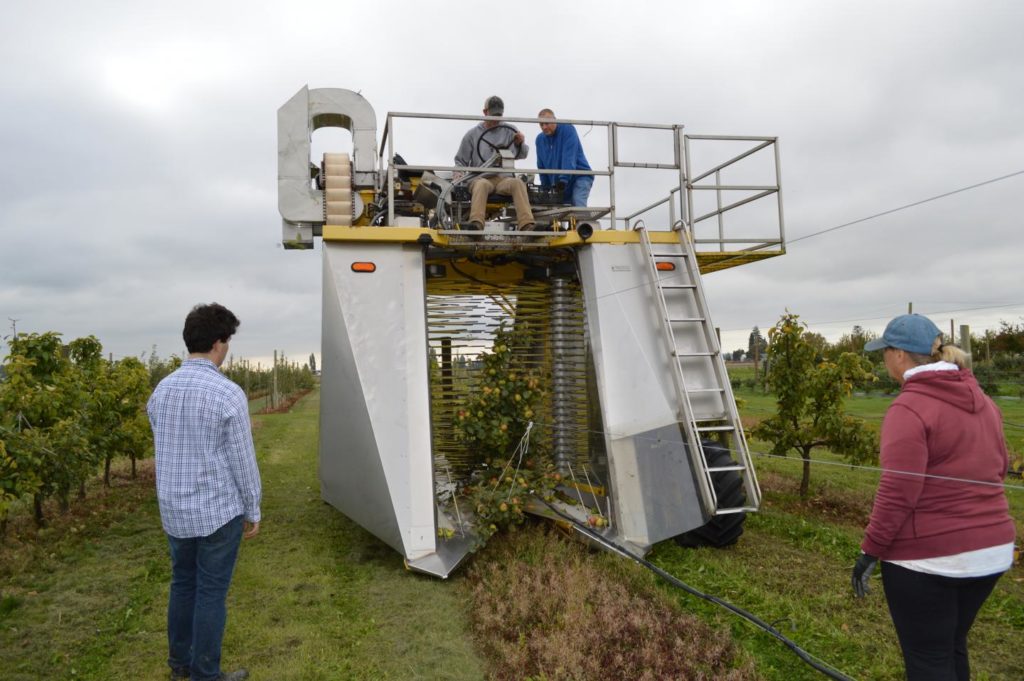
Hand- versus machine-harvested juice and cider apples: A comparison of phenolic profiles
Machine-harvested apples offer cost-effective option for growers and cider makers